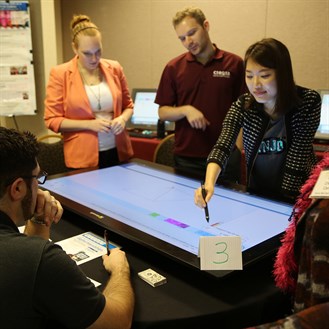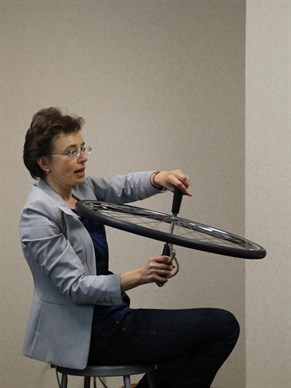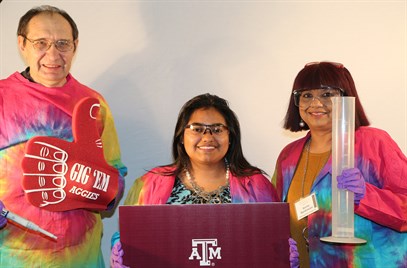
Research shows the United States is facing a crisis with the shortage of Science, Technology, Engineering and Mathematics (STEM) professionals entering and remaining in the workforce. With STEM job openings on the rise, it is imperative that the number of career-ready scientists and engineers increases to meet the demand.

The 2016 STEM Teacher Summit & PK-12 Leadership Forum, held in College Station, Texas, last month, sought to close that gap by giving 150 educators from around the state the tools they need to inspire the next generation of STEM professionals. Through paneled discussions and workshops, the event helped reinvigorate educators and inspire them to inspire their students.
Teachers inspire the next generation
M. Katherine Banks, vice chancellor and dean of engineering at Texas A&M University, thanked the educators and administrators in attendance for what they do for the children of Texas.
“I consider you to be tending the garden of intellectual curiosity of the state,” she said. “We’re waiting for these students to come and join us at the college of engineering. We need them prepared.”
Banks said it’s important for educators to not only stress the importance of being proficient in science and mathematics, but also to be creative.

“It isn’t just about doing the calculations,” she said. “It’s about thinking outside of the box. It’s handing the students a blank sheet of paper and saying ‘Go for it.’”
Women bring something new to the table
The summit’s theme was “Women in STEM,” and Tricia Berry, director of the Women in Engineering Program at The University of Texas at Austin, was the event’s keynote speaker. An engineer, Berry stressed the importance of increasing the diversity of engineers working in the industry, particularly the number of women.
“If we were to ask a girl, or any kid, what does an engineer or scientist look like, what do you think they would say?” she asked the audience.
The consensus was an older Caucasian man holding a beaker.
One of Berry’s colleagues — a female engineer — put this example to practice, asking children to draw an engineer or scientist. The results came as no surprise — most children drew a man in a white lab coat. Then, they had the children interact with a diverse group of scientists before having the children draw a scientist again. The second time around, the drawings were different. The lab coats were gone and some of the drawings illustrated female scientists, African-American scientists, or as one student said, “normal people.”
“This is the power of changing the image,” Berry said. “This is what we need when we talk about bringing kids into STEM.”
Berry said it’s also important to change the language, urging educators from using words like “nerdy” and “geeky” to describe engineers and scientists.

“I want to put myself out of business, so please help me do that,” she said.
The takeaway
For Palacios High School science teacher, Christopher Page, learning ways to incorporate more engineering into all of his classrooms was his driving factor. He also wanted to learn tips on how to engage his female students.
“We’re laying the foundation, so our job is one of the most important ones,” he said.
Dr. Robert M. Capraro, co-director of the Aggie STEM Center, echoed a similar sentiment.
“The other colleges focus heavily on creating STEM professionals, and we focus heavily on preparing teachers to induct the next generation of STEM professionals into higher education,” he said.
In the end, it’s all about working together to change the face of STEM.

“We need women in STEM, and all the underrepresented groups,” said Shelly Tornquist, director of PK-12 Engineering Education Outreach. “What that brings to the table for engineering is a better look at a problem. If you get everybody thinking the same thing then nobody’s thinking at all.”
This event was made possible by the Dwight Look College of Engineering, the College of Education and Human Development, the College of Science, the Texas A&M Engineering Experiment Station and Chevron Phillips Chemical.